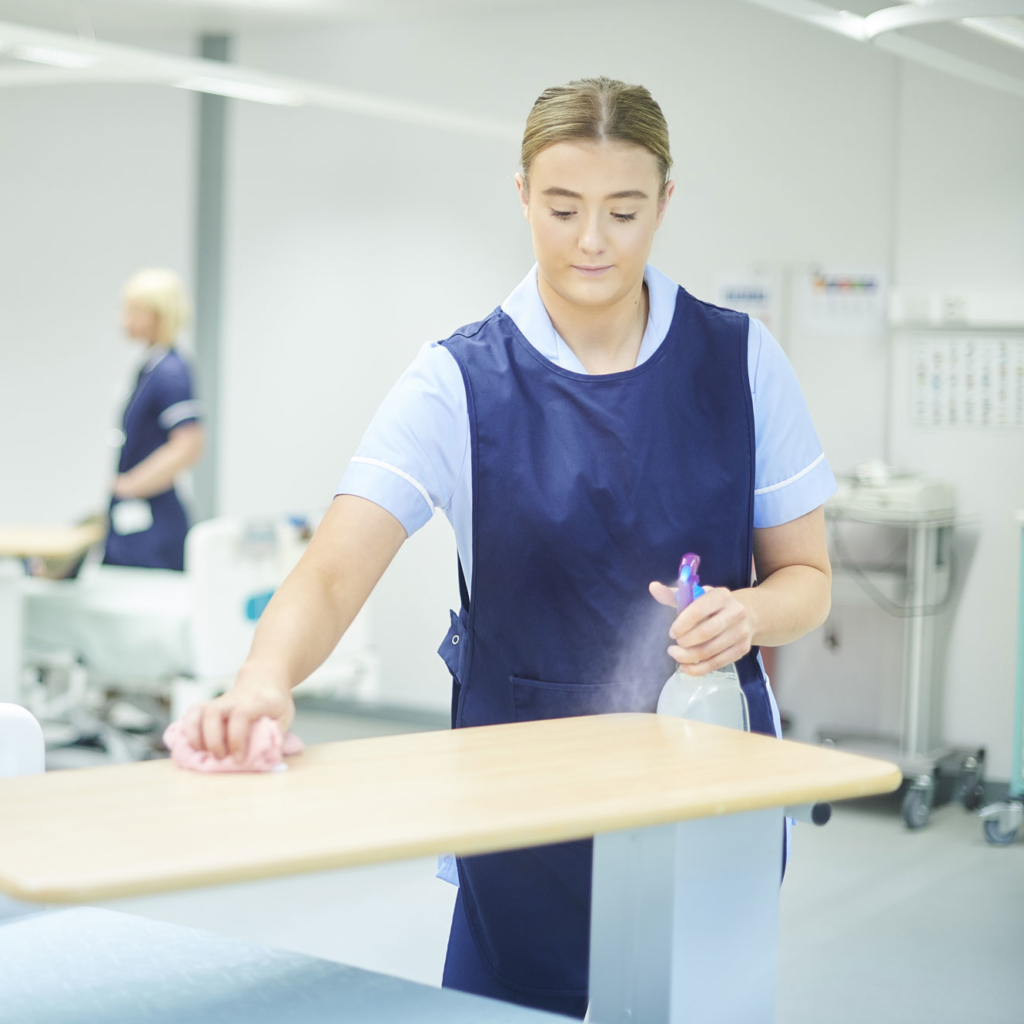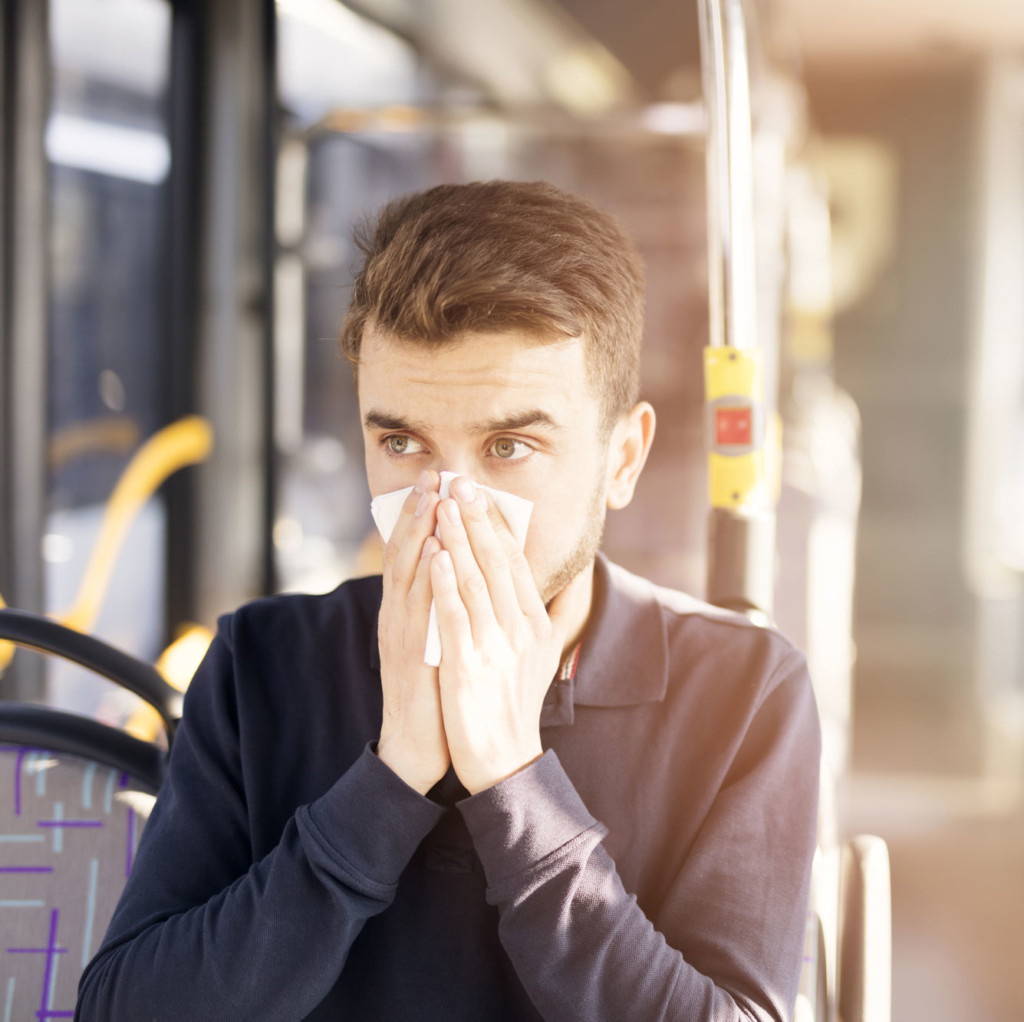Problem: Contaminated surfaces
A host of different disease-causing microorganisms can survive on everyday surfaces.
The virus that causes COVID-19 can be detected on plastic and steel for two to three days. Meanwhile, hardy bacterial strains like Staphylococcus aureus and Pseudomonas aeruginosa can live outside the body for weeks or even months.
Touching a contaminated surface helps spread the disease. And the results can be costly — ranging from lost productivity caused by simple respiratory illnesses to over a million people around the world killed by antibiotic-resistant bacterial infections each year.
As the first residual disinfectant in the world to be approved according to U.S. EPA protocols, GermStopSQ addresses this mode of transmission, helping curb the spread of a host of diseases.

Hospital-acquired infections
Contaminated surfaces are especially dangerous in hospitals. In Canada, one in eight patients will pick up a hospital-acquired infection (HAI), leading to longer stays and greater pain. In some cases, those infections prove fatal, killing about 8,000 Canadians each year. Financially, HAIs cost the Canadian health-care system more than $100 million in prolonged hospitalization, treatments, surveillance and special control measures. In the U.S., approximately two million patients get HAIs annually, causing 90,000 deaths and costing billions of dollars.

Ineffective disinfection
Disinfectants offer a powerful way to stop transmission. But it’s not easy to disinfect every square inch with enough contact time to kill the microorganisms that might be hiding there. A 2011 study found that even after four rounds of bleach disinfection, 14 per cent of hospital rooms still contained methicillin-resistant Staphylococcus aureus (MRSA), a major cause of hospital-acquired infections. Ineffective measures can also lead to antimicrobial resistance — a top 10 global health threat alongside global flu pandemics and Ebola, according to the World Health Organization in 2019.

Costly cleaning
To help curb COVID-19, companies and communities dramatically increased how much time, money and labour they devoted to disinfecting high-touch surfaces. In the hotel industry alone, experts estimate that enhanced cleaning and safety standards could cost an additional $9 billion each year. Those trends are poised to continue. According to a 2021 Leger survey, 84 per cent of Canadians feel that public spaces have an obligation to improve disinfection practices for post-pandemic life — putting pressure on facilities managers to deliver effective solutions.

